A beautiful public Montessori school in Austin, Texas we wish we could all attend
I’m super excited to share with you today an amazing public Montessori school in Austin, Texas. It’s been a while since we did a school tour around here and so important to highlight that there are many great programs making Montessori accessible to all.
Montessori For All is based in Austin, Texas and their lab school, Magnolia Montessori For All was the first public Montessori program in their area. They started 10 years ago with the idea that all children deserve access to schools that help them grow creatively, ethically, academically, socially, intellectually, emotionally and physically so that they can pursue lives full of meaning and joy.
In the United States (as in many countries), Montessori is often only available to those who can afford the tuition (which can signal that Montessori is only appropriate for those communities). Their school aims to disrupt that presumption.
Their PK3-6th public school is free, has no admissions criteria, and their 500 child student body matches the demographics of their city, racially, socio-economically and linguistically. They also have a non-profit on-site infant and toddler program. And did I mention that it’s beautiful?!
Sarah Kirby Tepera, the Executive Director of the school, kindly answered all my questions including how do you fund something like this. Read on….
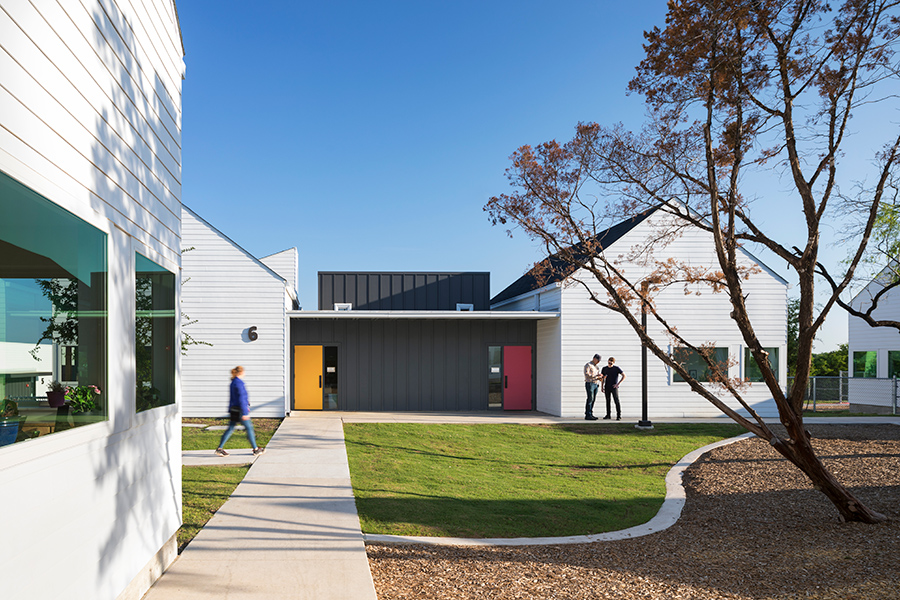
1. Tell us more about how you were able to establish this school as a public Montessori school.
In Texas, there is a process for chartering a new public school through application to the state. We had to develop a detailed plan not only for providing Montessori education but all of the other elements of a public school such as National School Lunch Program implementation, meeting state and federal rules around Special Education and serving Emergent Bilingual students, determining how we would address academic accountability systems, budgeting in a way that complies with public school financial regulations given our use of taxpayer dollars….the list goes on and on. Maintaining our commitment to an authentic Montessori experience, while serving 500 students with diverse needs, all on limited public funds is an ongoing challenge but it keeps us focusing on the foundations and using our creative energies!
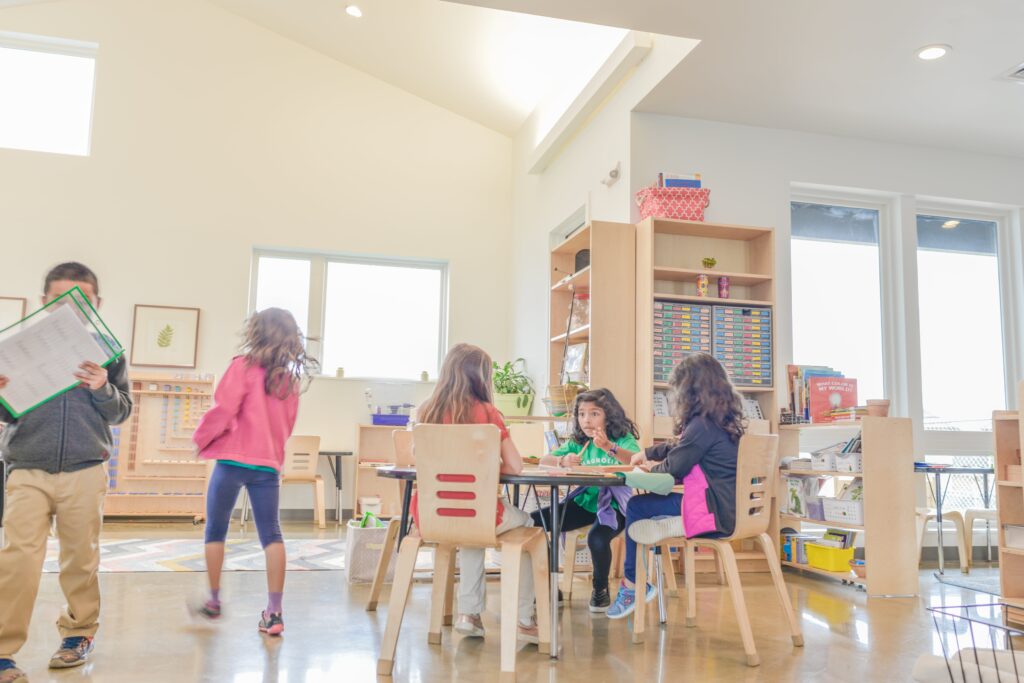
2. The buildings and land are beautiful. May we ask how this development was funded in case others would be interested to create something similar?
Our buildings are a great example of my point about focusing on the foundations and using our creative energies. Rather than start with a cookie-cutter set of assumptions, we led an inclusive process with staff and families to determine the most important needs for our spaces. It turned out that aligning with our values often also led to a more affordable solution! For example, we ended up with stained concrete floors (more environmentally friendly, less expensive to install, and little ongoing maintenance required) and use beautiful area rugs to make the space more inviting and home-like.
To fund this, we raised philanthropic dollars to purchase our land and then used a special government + private bank loan structure called a New Market Tax Credit for construction. We were very lucky to identify partners who helped us navigate this tricky and competitive process so early in our organizational history.
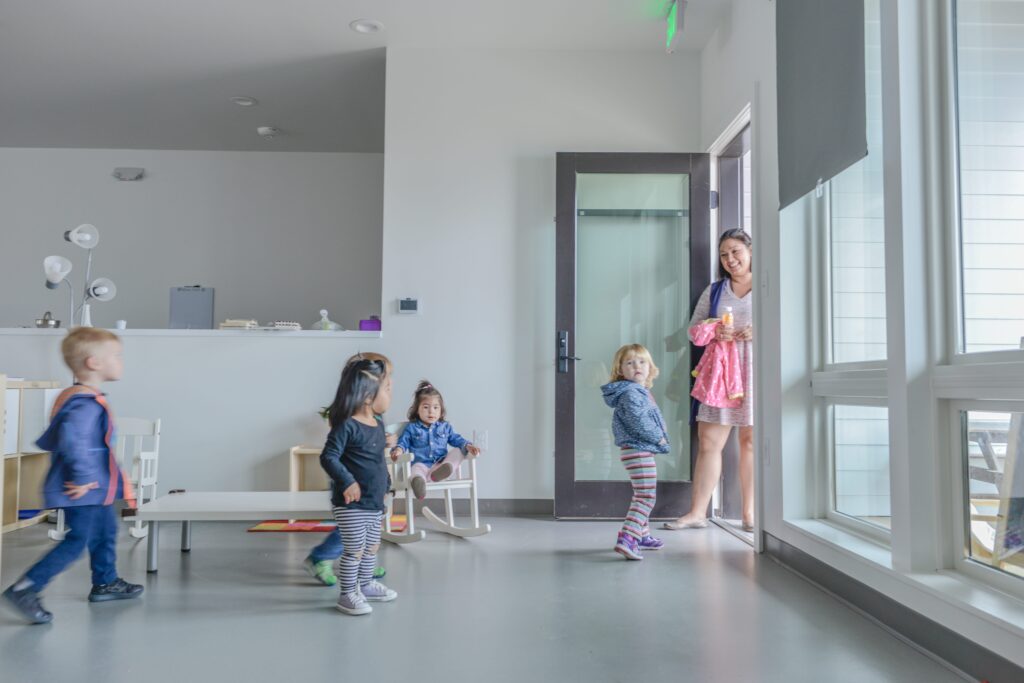
3. I understand that it’s an important value in your school/organisation to make Montessori accessible to all. Can you tell us more about this and how you achieve it.
Our student body matches the demographics of our city, racially, socio-economically and linguistically. We have 8 different native languages spoken by our children and families. We serve students with special education needs such as Autism, dyslexia and speech disorders. Some of our students have difficulty with behavior management, relationship building or academic pursuit due to the toxic stress effects of Adverse Childhood Experiences or poverty or racism in their lives. We also serve students with none of these needs! We believe that all of these children deserve to experience the beauty of Montessori, and that Montessori can provide an ideal environment for them to work and grow, learning alongside and from each other.
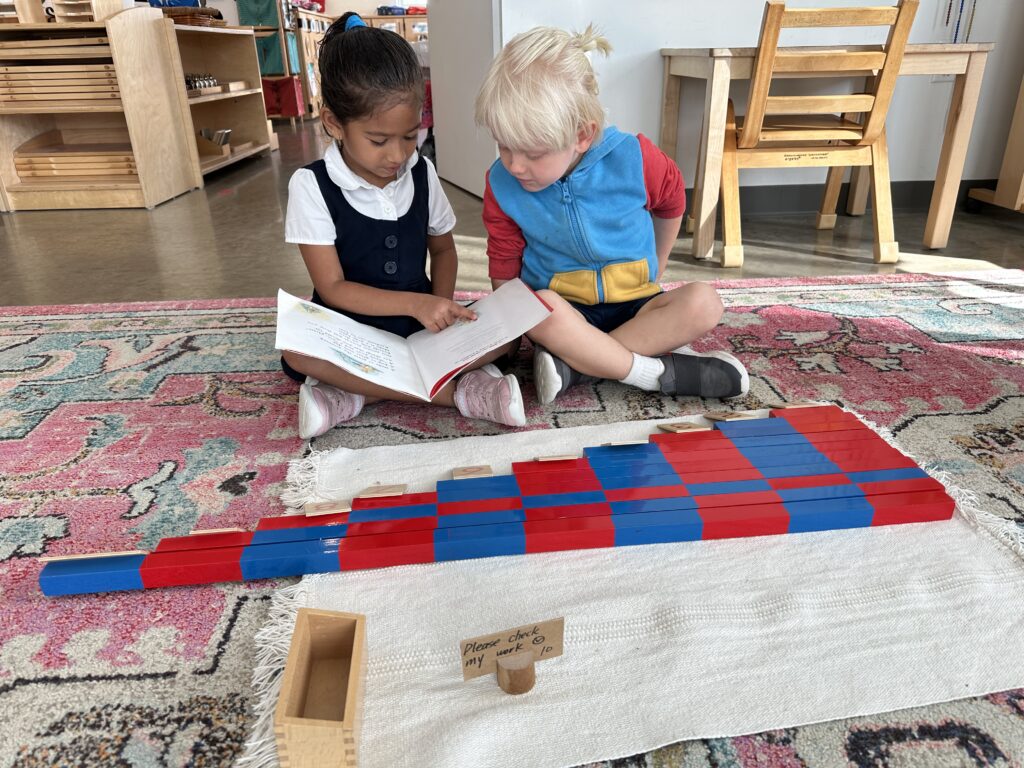
This is easier said than done, however, and we are still learning after ten years. Our most important work is upholding a thriving diverse community, in which we talk a lot about the concept of equity and how to apply it within our school.
It means recognizing that sometimes we have to do more or do things differently in order to ensure all of our children and families have an equitable experience. It’s an ongoing journey to provide this level of personalization while also having the work feel sustainable.
Strong foundational implementation of Montessori practices is our starting place. Then we continuously reflect on alignment to our vision and mission as individuals and in whole group settings (including with families) to refine this practice. Using our touchstone values of Purpose, Joy, Justice and Community, we work collaboratively to build foundational mindsets and practical tools for Guides. This includes ways to support social/emotional development and academic skills, informed by a strong focus on child-centered outcomes.
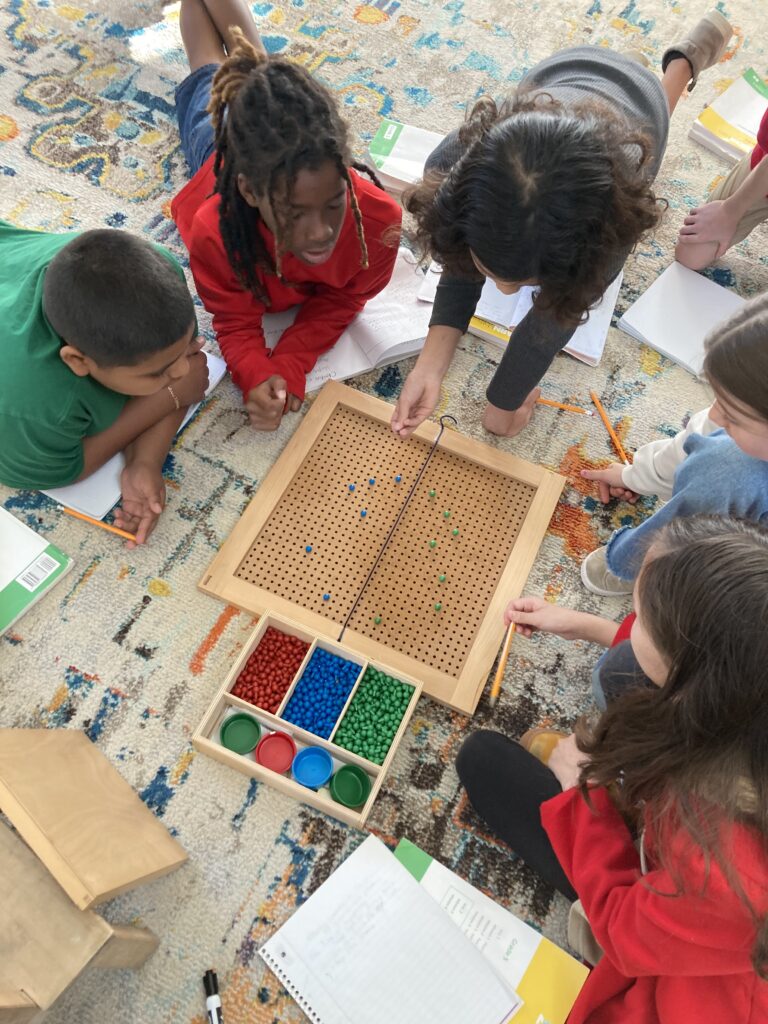
4. What are some of your favourite parts of the school?
I still feel awe watching children from such a variety of backgrounds and life experiences find deep focus alongside each other in our classrooms. Whether it’s abstracting an operations algorithm, using the moveable alphabet to compose, working in their community gardens, or seeing an older child support a younger one in their multi-age setting, my heart swells at seeing the opportunities they have to grow in so many unique ways. It’s a privilege to learn and grow each day from our beautifully diverse student and family community and our devoted and talented staff.
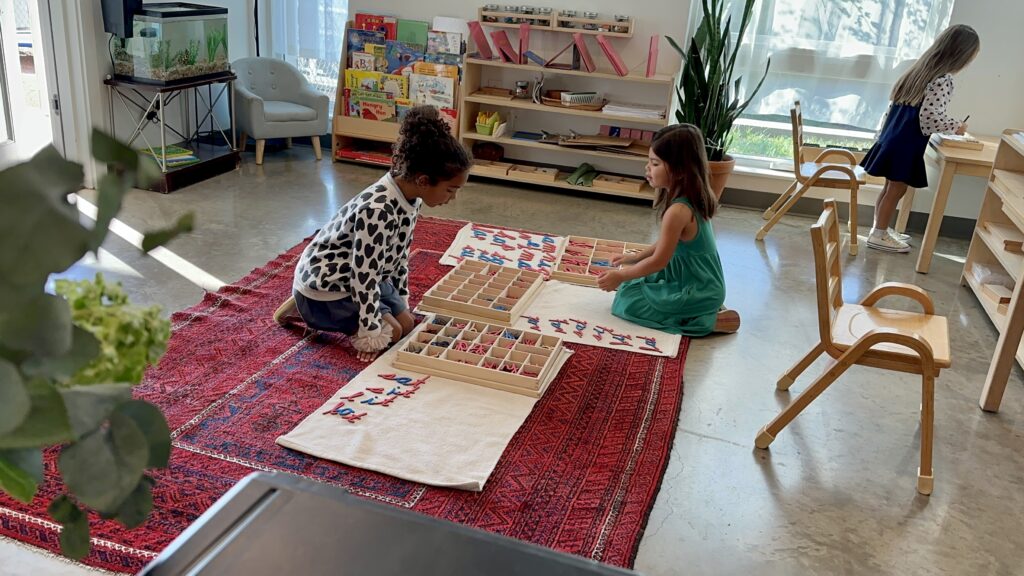
5. What are your plans for the future?
In the next two years, we are expanding to open an Adolescent Community (6th through 8th grade). This will be an exciting challenge and one that our community has been asking for since we opened!
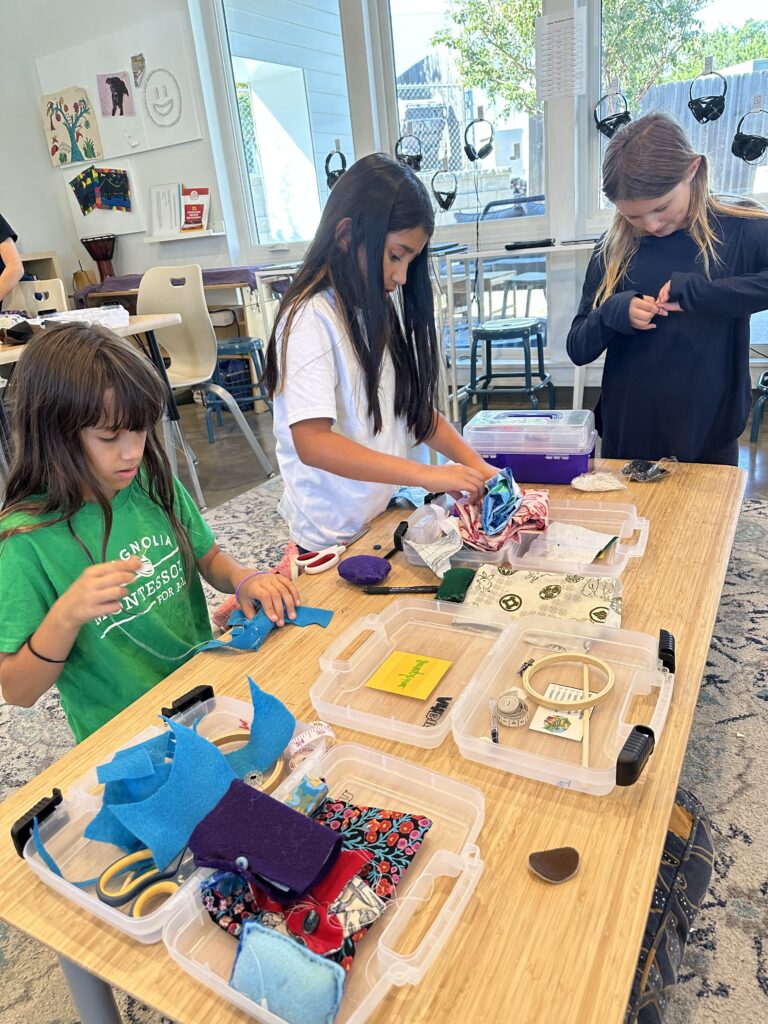
6. Anything else you’d like to add
We love sharing what is possible in this work. We also aim to share honestly about what is challenging so that we can all improve our practice on behalf of children. We hope our school – in addition to serving our own 500 students well – provides a model and inspiration for others so that we dramatically increase the number of children with access to this whole-child approach to learning.
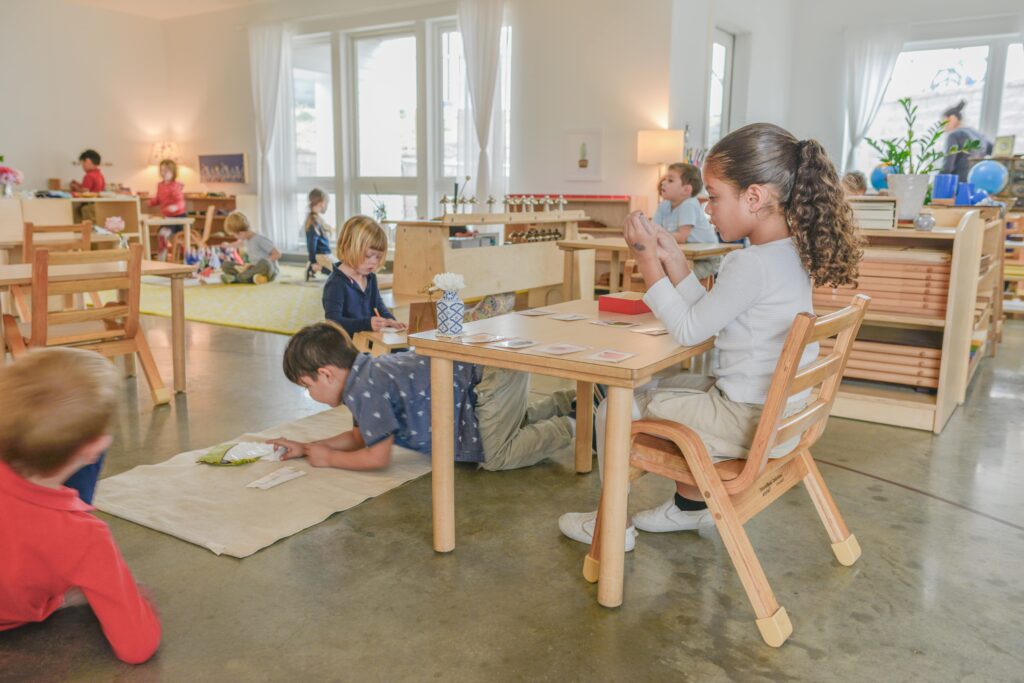
A big thank you to Sarah and the Magnolia Montessori For All school for taking the time to show us around your school and inspiring us all. I hope you loved seeing their school as much as I did. Be sure to look at their website and watch this video of the school too.
For more about public Montessori schools
If you would like to find out more about public Montessori schools, here are some links:
- Public Montessori in Action International
- National Center for Montessori in the Public Center (NCMPS)
- Montessori in Action podcast
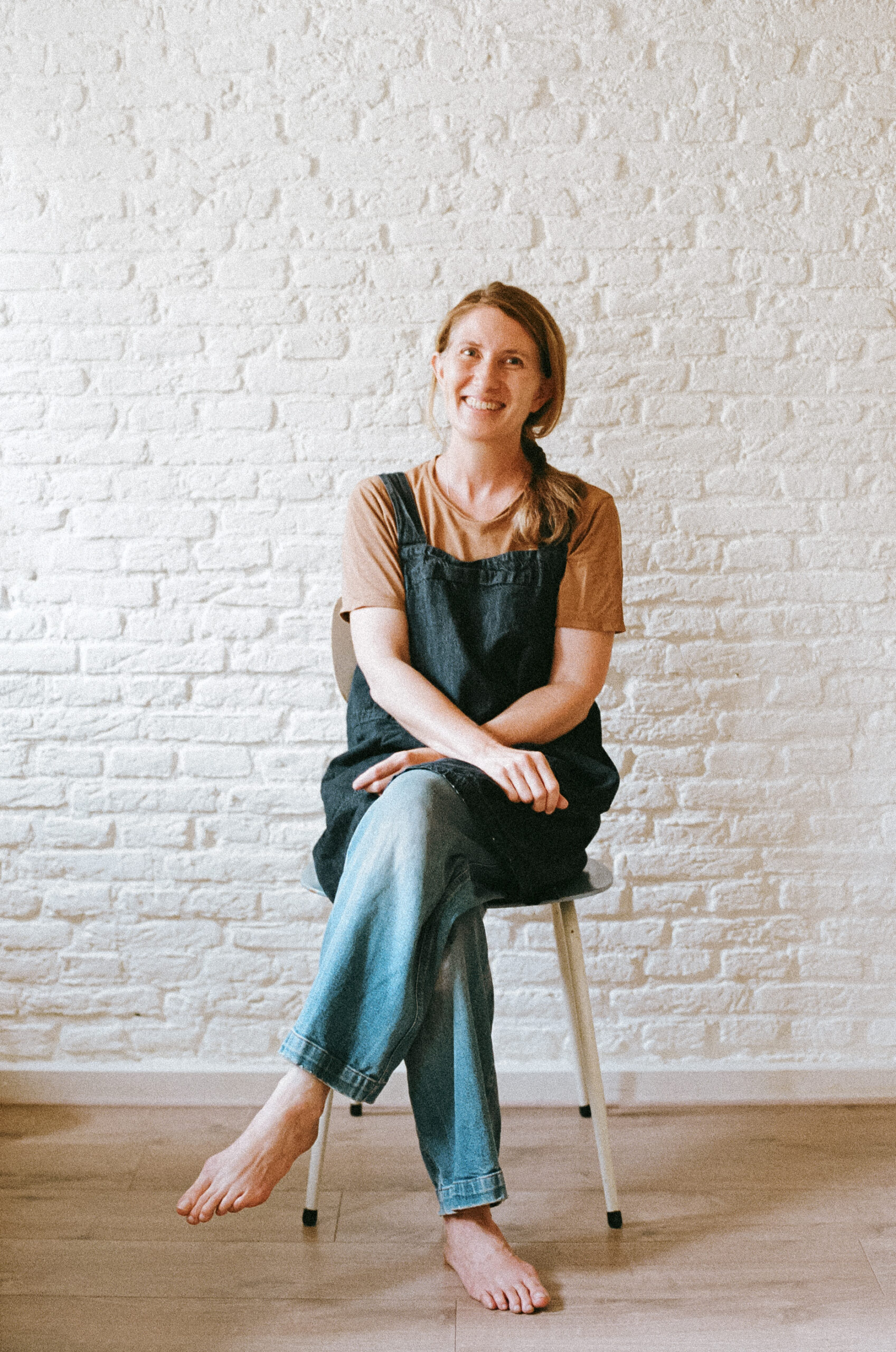
Simone Davies has more than 20 years’ experience as an AMI Montessori educator. Simone is the author of “The Montessori Toddler” and co-author of “The Montessori Baby” and “The Montessori Child” books, comprehensive guides to raising children in a Montessori way. She currently runs parent-child Montessori classes in Amsterdam at her school Jacaranda Tree Montessori. She also has a popular blog, instagram and podcast “The Montessori Notebook” and is mother to two young adults.